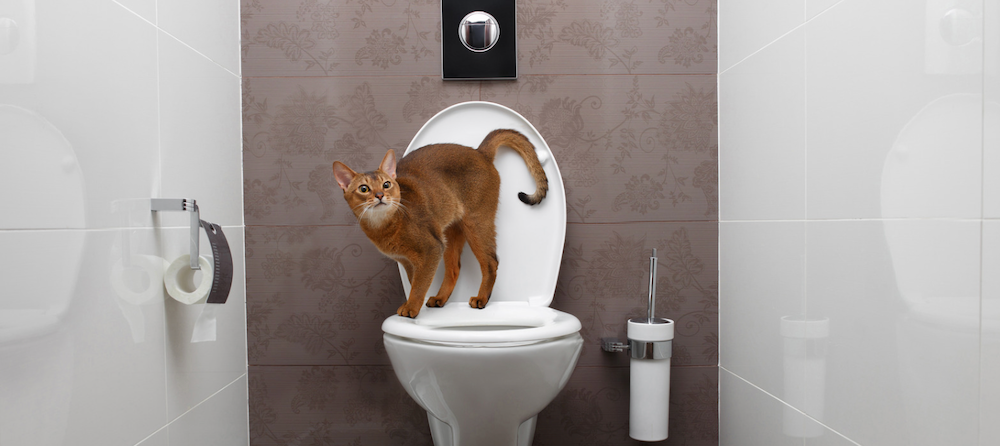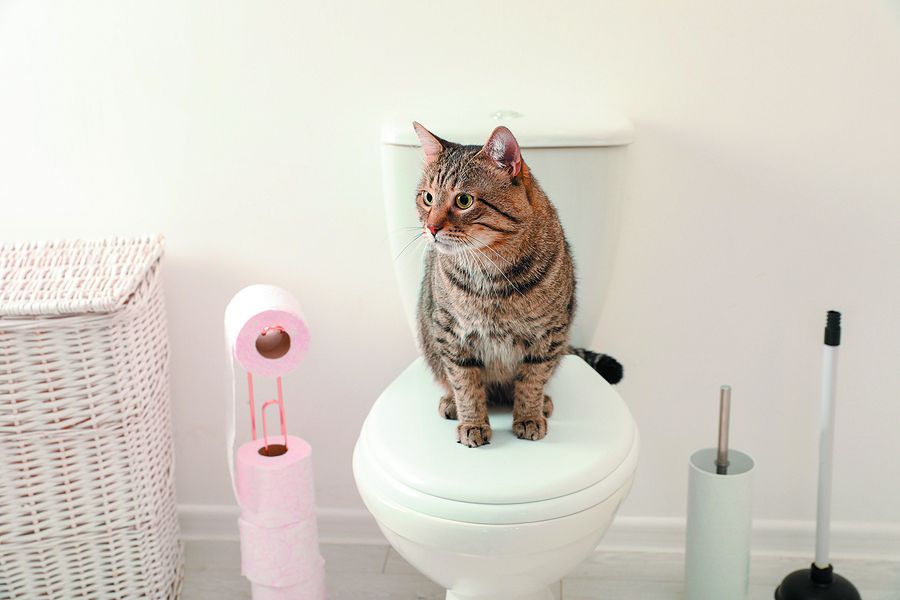Why Flushing Cat Poop Down Your Toilet Can Cause Problems - Tips for Safe Disposal
Why Flushing Cat Poop Down Your Toilet Can Cause Problems - Tips for Safe Disposal
Blog Article
Are you trying to find answers about How to Dispose of Cat Poop and Litter Without Plastic Bags?

Intro
As pet cat owners, it's vital to be mindful of how we throw away our feline good friends' waste. While it may appear convenient to purge cat poop down the commode, this method can have destructive consequences for both the atmosphere and human wellness.
Alternatives to Flushing
Fortunately, there are safer and extra responsible means to get rid of cat poop. Take into consideration the following choices:
1. Scoop and Dispose in Trash
The most usual method of dealing with pet cat poop is to scoop it into an eco-friendly bag and throw it in the garbage. Make sure to make use of a dedicated trash inside story and dispose of the waste without delay.
2. Use Biodegradable Litter
Choose eco-friendly pet cat litter made from products such as corn or wheat. These litters are environmentally friendly and can be safely taken care of in the trash.
3. Bury in the Yard
If you have a lawn, take into consideration burying feline waste in a marked location away from vegetable yards and water sources. Make sure to dig deep adequate to stop contamination of groundwater.
4. Mount a Pet Waste Disposal System
Buy a family pet garbage disposal system specifically designed for pet cat waste. These systems make use of enzymes to break down the waste, decreasing smell and ecological impact.
Health Risks
Along with environmental concerns, purging cat waste can likewise present health and wellness dangers to people. Pet cat feces might contain Toxoplasma gondii, a parasite that can create toxoplasmosis-- a possibly severe illness, especially for pregnant females and individuals with damaged immune systems.
Ecological Impact
Flushing feline poop presents dangerous pathogens and bloodsuckers into the supply of water, posing a substantial threat to aquatic environments. These impurities can adversely influence aquatic life and concession water top quality.
Conclusion
Responsible pet ownership extends beyond providing food and shelter-- it additionally entails correct waste monitoring. By refraining from flushing cat poop down the commode and going with alternate disposal techniques, we can minimize our ecological impact and safeguard human wellness.
Why Can’t I Flush Cat Poop?
It Spreads a Parasite
Cats are frequently infected with a parasite called toxoplasma gondii. The parasite causes an infection called toxoplasmosis. It is usually harmless to cats. The parasite only uses cat poop as a host for its eggs. Otherwise, the cat’s immune system usually keeps the infection at low enough levels to maintain its own health. But it does not stop the develop of eggs. These eggs are tiny and surprisingly tough. They may survive for a year before they begin to grow. But that’s the problem.
Our wastewater system is not designed to deal with toxoplasmosis eggs. Instead, most eggs will flush from your toilet into sewers and wastewater management plants. After the sewage is treated for many other harmful things in it, it is typically released into local rivers, lakes, or oceans. Here, the toxoplasmosis eggs can find new hosts, including starfish, crabs, otters, and many other wildlife. For many, this is a significant risk to their health. Toxoplasmosis can also end up infecting water sources that are important for agriculture, which means our deer, pigs, and sheep can get infected too.
Is There Risk to Humans?
There can be a risk to human life from flushing cat poop down the toilet. If you do so, the parasites from your cat’s poop can end up in shellfish, game animals, or livestock. If this meat is then served raw or undercooked, the people who eat it can get sick.
In fact, according to the CDC, 40 million people in the United States are infected with toxoplasma gondii. They get it from exposure to infected seafood, or from some kind of cat poop contamination, like drinking from a stream that is contaminated or touching anything that has come into contact with cat poop. That includes just cleaning a cat litter box.
Most people who get infected with these parasites will not develop any symptoms. However, for pregnant women or for those with compromised immune systems, the parasite can cause severe health problems.
How to Handle Cat Poop
The best way to handle cat poop is actually to clean the box more often. The eggs that the parasite sheds will not become active until one to five days after the cat poops. That means that if you clean daily, you’re much less likely to come into direct contact with infectious eggs.
That said, always dispose of cat poop in the garbage and not down the toilet. Wash your hands before and after you clean the litter box, and bring the bag of poop right outside to your garbage bins.
https://trenchlesssolutionsusa.com/why-cant-i-flush-cat-poop/

As a passionate person who reads about Can You Flush Cat Poop Down The Toilet?, I imagined sharing that editorial was appropriate. So long as you enjoyed reading our post plz be sure to pass it around. Thank you for your time invested reading it.
Contact Us Today Report this page